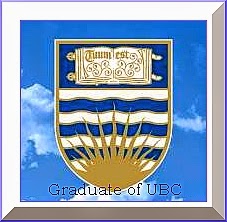Ruins of Nalanda International University, first university in the world. Higher education here is defined as that education which leads to a university degree such as the bachelor’s degree, master’s degree or doctoral degrees. It is undertaken usually after twelve years of school education that begins at age six. This article is written with reference to the quality of higher education in India. However what is stated here is equally applicable elsewhere as well. Over the last decade, with the opening of the higher education sector in India to private sector a plethora of educational institutions, both affiliated colleges and universities have emerged in India. They offer courses leading to degrees in various disciplines varying from the humanities to professional areas. However, whereas the quantity of available education has increased drastically, the same cannot be said for the quality. The quality of higher education varies from extremely dismal to good with more of...
.jpg)



Comments
This is "Kurarika," the extra curricular science program that our fellow Japanese blogger, Iida-san has been showing their activities.
http://minami-kajuen.dreamlog.jp/archives/51180203.html
On this day, Jan. 18, the theme was "The Magic of Propellers." From the blue sign, I see six names of senior volunteers. They are graduates of Tokyo Institute of Technology. This group supports their local community in Tokyo in advancement of science.
Under 「くらりか」カテゴリの最新記事
the latest news on "Kurarika," you can see all the activities. If you have any questions, please let me know. I think those volunteers probably would like to hear your idea on education and science and the situation in India.
The work sounds interesting especially if they can design simple science programs that are fun for children. I will be delighted if any of them post in this blog in English and tell something about their work.
That's why I provided you with a keyword
"「くらりか」カテゴリの最新記事."
You can use a Japanese translation software available online. His description is brief, so I think you can get a feel of what they are doing. That's all. When I see Indian photos, even though I cannot understand devanagari, I still use my imagination to enjoy and understand the scenes.
Not that I don't trust your imagination, but I thought this might help. So, I translated Iida-san's most recent web site.
http://keiko-amano.blogspot.com/2011/01/introducing-kurarika.html
Please take a look and if you like, I can translate your questions to Iida san.